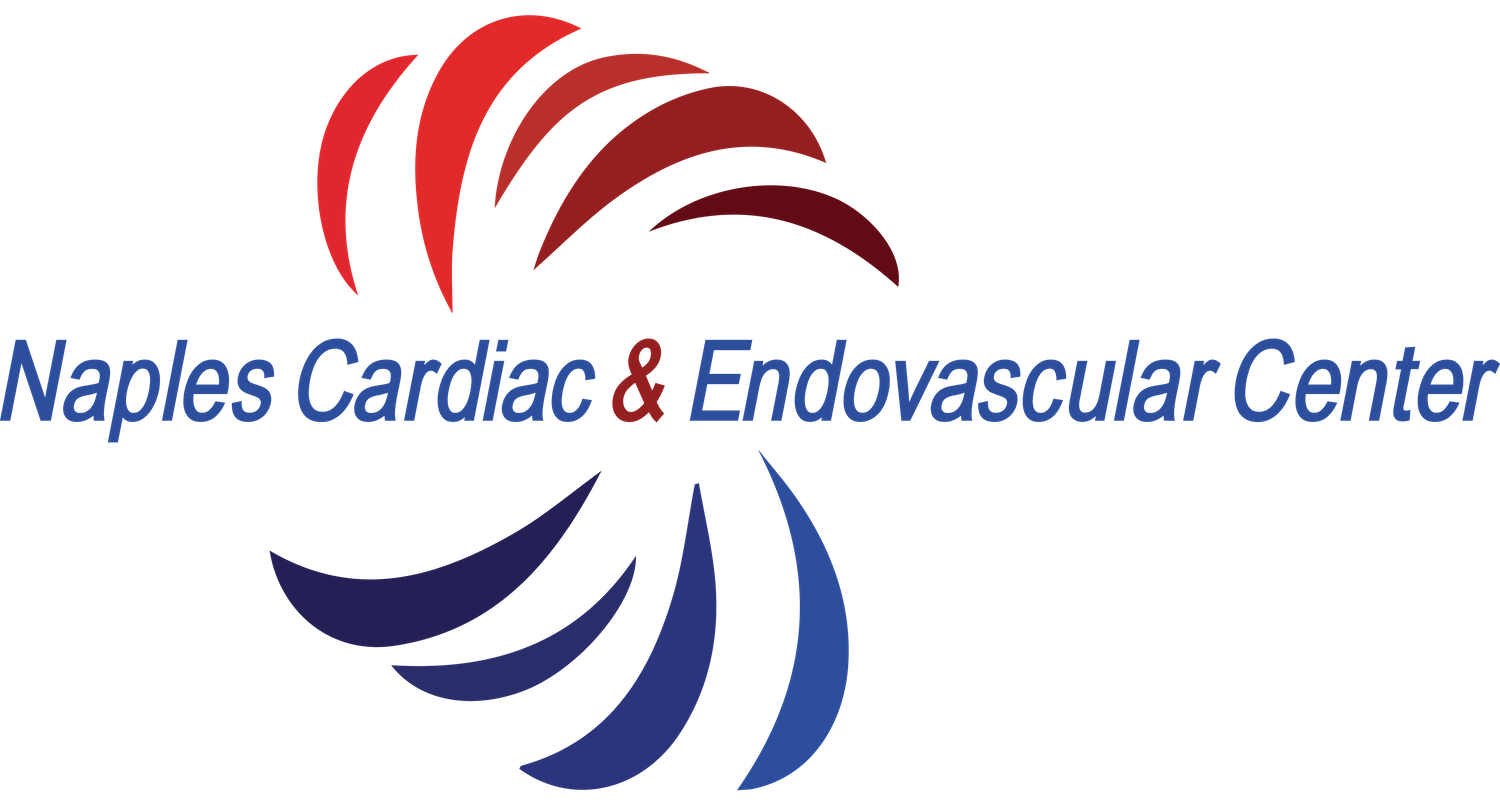Varicose Veins In Legs
Legs are afflicted by varicose veins more than any other part of the body. Varicose veins are usually concerning due to their cosmetic appearance, but more importantly the symptoms of pain, swelling, throbbing, itching, and muscle cramping. These symptoms are worse through the course of the day and can worsen over time.
How do varicose veins occur?
There are three types of veins in the legs.
Superficial: Found close to the surface of the skin.
Deep: Found in the muscles.
Communicating: Connect the deep and superficial veins.
Each vein is thin and floppy, with valves interspersed along the them, that serve as a barrier to prevent blood from moving in the opposite direction. With the valves keeping blood moving in one direction and the muscles squeezing the veins, this moves blood flow out of the legs and toward the body, back to the heart.
The largest of the superficial vein is the greater saphenous vein. As it moves down the leg, smaller branches break off to supply all areas of the leg with blood. These intersections of veins can commonly cause congestion of the blood, increasing pressure, and stretching the vein walls, making it less able to move blood. This stretching of the vein walls also leads to the flaps of the valves from being unable to come together to keep blood in the right direction.
Where do they occur?
Legs are the most common site for varicose veins and in particular in the calves, as these veins are farthest from the body and the veins have to work harder to move the blood toward the body due to gravity. Thighs are still a common location for varicose veins and, in particular, at the areas of intersections of the main superficial vein, the Great Saphenous vein, at the level of the mid thigh and just behind the knee.
What causes varicose veins in legs?
The formation of varicose veins can be due to several factors including being overweight or obese, standing or sitting for long periods of time, being a woman, pregnancy, and family history. One or several of these factors may lead to varicose veins.
How to treat varicose veins?
There are many conservative options that can be considered at home.
Elevation: Elevating legs, above the level of the heart, at the end of the day, but also throughout the day, if possible for about 30 minutes.
Talk to a Vein Specialist
Speak with Dr. Julian Javier, a board certified interventional cardiologist and endovascular specialist in Naples, Florida. He will discuss your medical history, perform a thorough exam, and explain if you are experiencing varicose veins in legs, and what treatment options are available and right for you!
To book a consultation click below or call (239) 300-0586.

